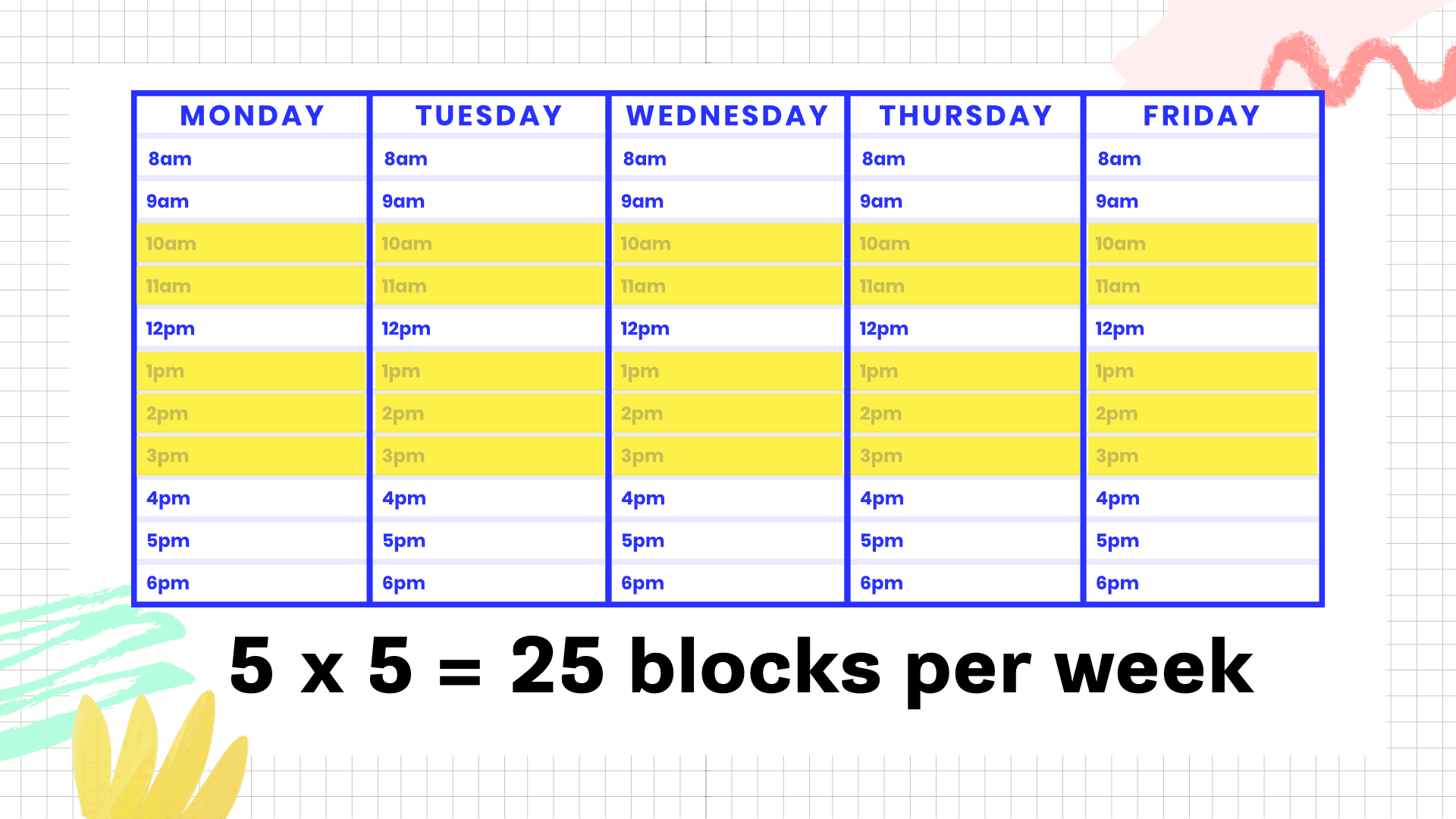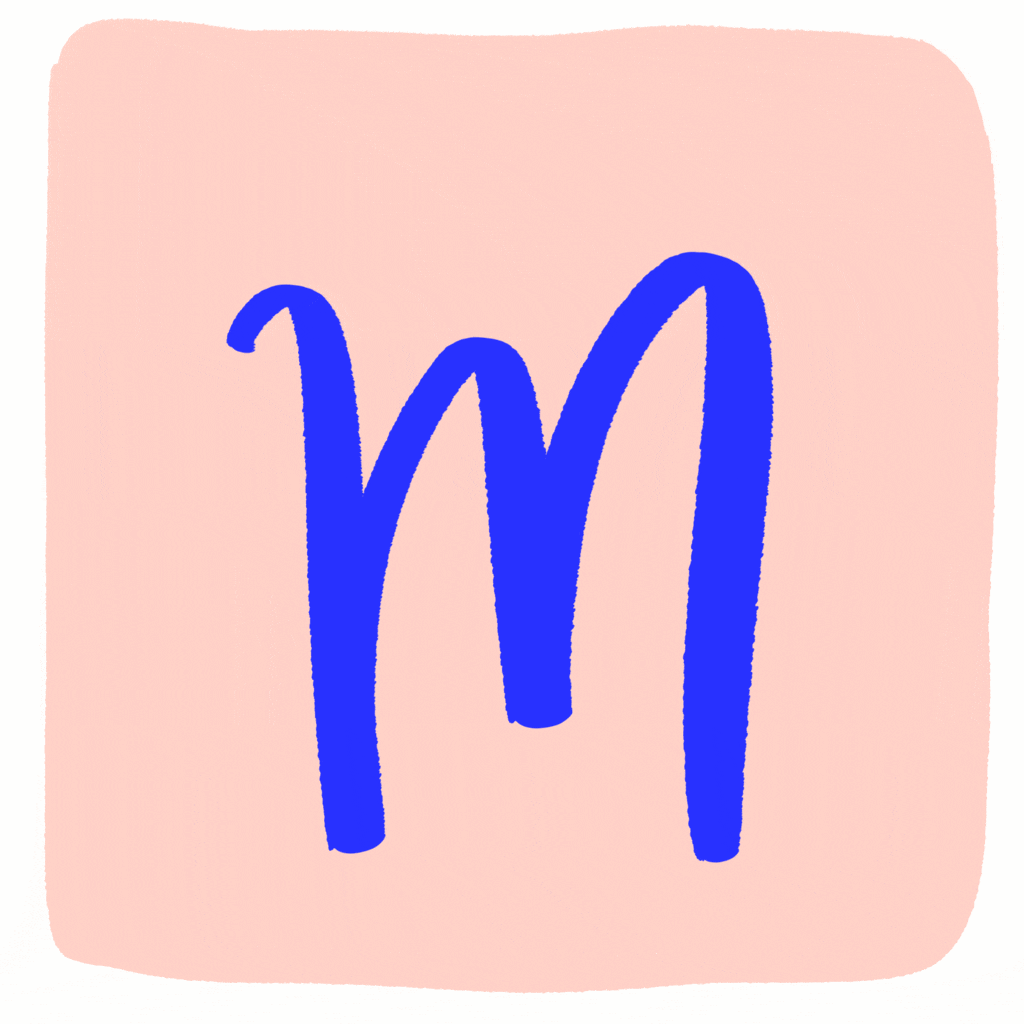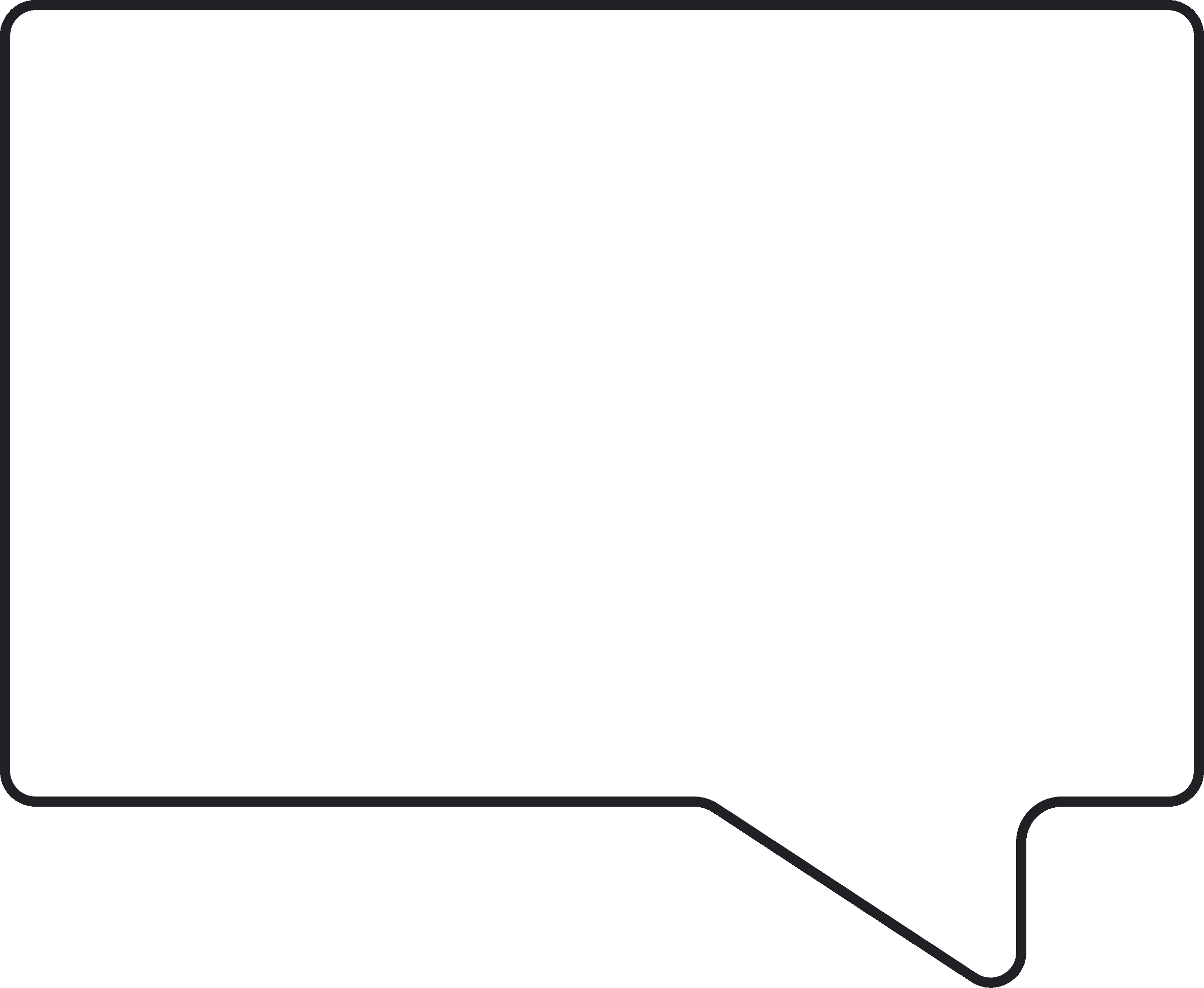by
Caroline Zook
We, Caroline and Jason Zook, the people behind Wandering Aimfully, both come from a client-business background. I, Jason, started my first business in 2007 called Thought & Theory, a small web design company. Caroline started a design business focused on branding in 2014 called Made Vibrant.
We’ve worked with thousands of clients and know how helpful it can be to create a revenue stream that isn’t directly tied to trading time (one-on-one) for money.
Transitioning your business from clients to digital products can be daunting. Where do you start? What digital product is best? How do you find the time to create a digital product while barely having enough hours in the day to run your client business?
We’ve got you covered! In the next few sections of this article, we’ll break down the transition from clients to digital products in manageable and practical steps.
Step #1: Make Your Client Business More Efficient
To create the time and space needed to move from clients to digital products, your client business needs to be as efficient as possible.
Time Blocking
The basic principle is to look at every hour of your day (or 30-minute chunk) as a block of time that you can spend on work, life, etc. Let’s say you want to only spend five hours working every day. Your time blocking might look like this:
8am-9am: Wake up, breakfast, morning meditation, take care of kids, etc.
9am-10am: Catch up on emails.
10am-12pm: Work for two consecutive hours on Client ABC.
12pm-1pm: Break for lunch and emails/social media.
1pm-4pm: Work for three consecutive hours on Client XYZ.
4pm-5pm: Gym, snack, etc.
5pm-Bed: Family time, relaxation, being an adult.
What gets put on your calendar gets priortized!

Tracking Your Time
When you run a client-based business your time IS money. Each hour you work you need to be getting paid for otherwise, you’ll run a business that isn’t profitable. Use a time-tracking app like Toggl.com to actually “clock in” when you start working.
As example, you could start tracking your time using the schedule above at 10am. Did you, in fact, get two hours of work done for Client ABC as you planned? Did the tasks and milestones you had for that client get accomplished?
By actually tracking your time and comparing it to your client proposals/estimates you can find out how efficient your business is currently running.
Create Time Constraints
Parkinson’s law states that "work expands so as to fill the time available for its completion." By constricting the time spent on tasks, you'll get better at working quickly and efficiently, freeing up hours for digital product creation.
When your working hours are efficient you’ll get faster at accomplishing your work, thereby freeing up hours for… you guessed it… digital product creation!
But hold on, we’re not quite ready to jump into digital product creation. Let’s tackle one other big foundational topic…
Step #2: Build a 12-Month Transition Plan
Transitioning from working with clients to focusing fully on digital products requires a structured plan. We'll break this down into 3-month, 6-month, and 12-month chunks, with clear goals and focus areas for each phase.
First 3 Months: Laying the Groundwork
Focus Areas:
Assess and Optimize Current Client Work:
Efficiency: Implement time blocking and time tracking to maximize productivity.
Client Management: Identify high-value clients and streamline client communication.
Start Audience Building:
Identify Ideal Customer: Define who your digital products will serve.
Begin Content Creation: Publish helpful articles or videos addressing your ideal customer's needs.
Start Email List Building: Point all your content toward a lead magnet that helps your ideal audience.
Outline Digital Product Idea:
Research and Planning: Validate your digital product concept through surveys or conversations with potential customers.
Create an Outline: Develop a detailed outline for your digital product.
Next 3 Months (Months 4-6): Building the Foundation
Focus Areas:
Content Creation and Audience Engagement:
Consistency: Continue publishing content regularly.
Engage with Audience: Continue growing your email list and engaging with subscribers.
Begin Digital Product Development:
Product Creation: Start creating the content for your digital product based on your outline.
Pre-Sale Preparation: Develop a pre-sale strategy and create a pre-sale page.
Reduce Client Workload:
Selective Client Work: Gradually reduce the number of clients you take on.
Efficient Processes: Focus on completing existing client projects efficiently to free up more time for product development.
Last 6 Months (Months 7-12): Transition to Full-Time Digital Products
Focus Areas:
Launch and Sell Your Digital Product:
Pre-Sale Launch: Execute your pre-sale campaign and gather feedback from your customers.
Improve Your Product: Based on customer feedback, make any improvements to your product.
After 3 Months, Full Launch: Launch your digital product with a full-scale launch.
Expand and Improve Audience Engagement:
Content and Communication: Increase engagement through content updates and regular email newsletters.
Feedback Loop: Use customer feedback to improve your product.
Phase Out Client Work:
Final Client Projects: Complete any remaining client projects.
Focus on Digital Products: Shift your focus entirely to your digital products and audience building.
12-Month Transition Summary
First 3 Months: Optimize client work, start building an audience, and outline your digital product.
Next 3 Months: Create consistent content, develop your digital product, and prepare for a pre-sale.
Last 6 Months: Launch and sell your digital product, enhance audience engagement, and phase out client work.
By following this structured plan, you can transition smoothly from client-based work to focusing fully on digital products, creating a sustainable and enjoyable business model.
Transitioning from clients to digital products requires careful planning and consistent effort. By following these steps, you can create a sustainable digital product business and enjoy the freedom and flexibility it offers.
Join 12,000+ intentional business owners and get our Growing Steady newsletter every Monday where we share transparently about the latest projects we’re working on. You'll also get our Calm Creator Canva Whiteboard as a free download!













